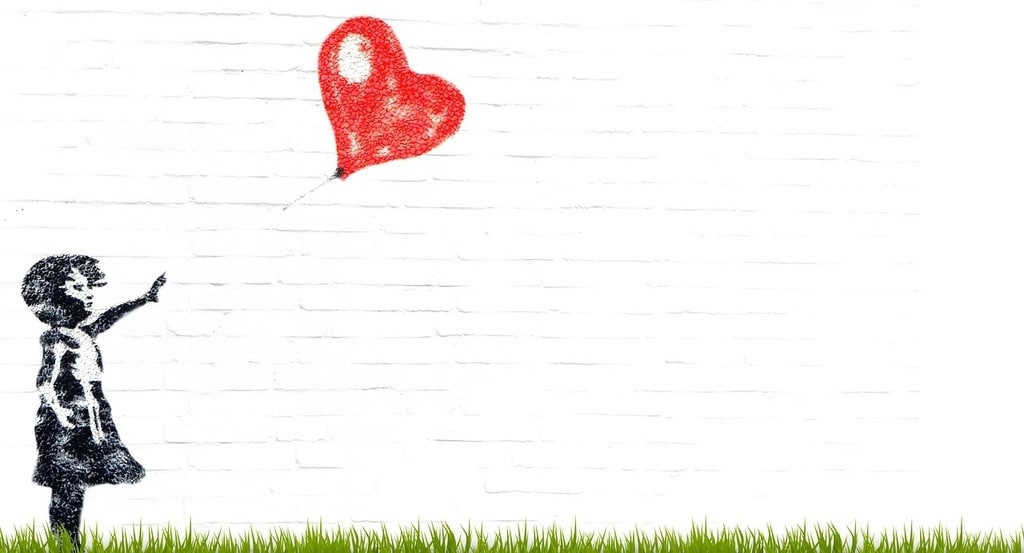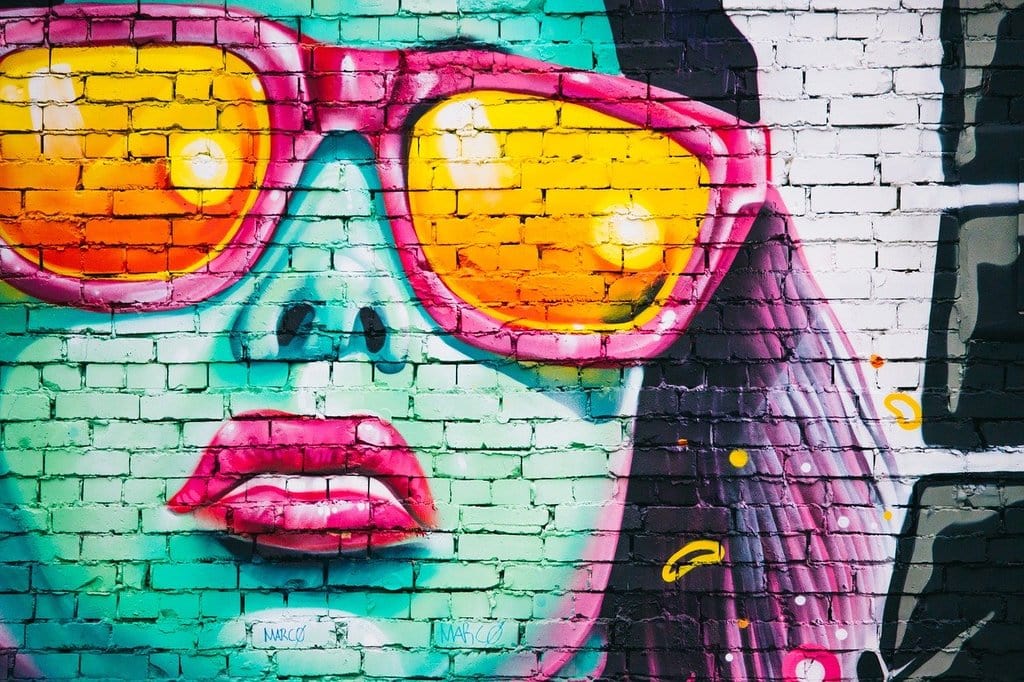Contemporary art is a dynamic field that continuously evolves, incorporating a wide range of techniques that push the boundaries of traditional artistic practices. Artists today are exploring new mediums, technologies, and methodologies to express their visions and connect with audiences in innovative ways. This exploration is not just about the aesthetics but also about challenging the viewer’s perception and encouraging a deeper engagement with the artwork.
Innovative Techniques in Contemporary Art
The landscape of contemporary art is rich with experimentation, where artists blend different materials, techniques, and digital tools to create unique pieces that resonate with today’s cultural and social context. Some of the most prominent techniques include mixed media, installation art, digital art, and performance art.
Mixed media art has become increasingly popular as artists layer various materials such as paper, fabric, paint, and found objects to create textured, multidimensional works. This technique allows for a blending of different art forms, resulting in pieces that are not confined to a single style or medium. By incorporating various elements, artists can convey complex themes and emotions that might not be possible through traditional painting or sculpture alone.
Installation art, another cornerstone of contemporary practice, involves creating immersive environments that often transform the space they occupy. These large-scale works invite the audience to step inside and interact with the art, making the viewer an integral part of the experience. This form of art often addresses societal issues, encouraging viewers to reflect on the world around them.

The Rise of Digital Art
With the advent of technology, digital art has seen a significant rise. Artists now utilize software, graphic tablets, and even artificial intelligence to produce artwork that exists in a digital realm. This form of art offers endless possibilities in terms of manipulation, reproduction, and distribution. Digital art challenges traditional notions of what art can be, questioning the need for a physical object and instead focusing on the experience and interaction with the art.
The use of virtual reality (VR) and augmented reality (AR) in contemporary art further extends the boundaries of artistic expression. Artists create immersive VR experiences that transport viewers to entirely new worlds, offering a sense of presence and engagement that is unparalleled in traditional forms. AR, on the other hand, overlays digital content onto the physical world, creating a hybrid reality where the lines between the real and the virtual are blurred.
Performance Art: a Bold Expression
Performance art, often considered one of the most daring and visceral forms of contemporary art, involves live presentations that combine elements of theater, music, and visual art. This technique often challenges societal norms and conventions, with artists using their bodies as a canvas to explore identity, politics, and human experience. Performance art is temporary and ephemeral, existing only in the moment it is performed, making it a powerful medium for conveying urgent messages.
This form of art engages the audience in a direct and often uncomfortable way, forcing them to confront issues that might be ignored in more traditional art forms. Performance art can be deeply personal, with artists drawing on their own experiences and emotions to create a connection with the audience.
Key Elements of Contemporary Art Techniques
When exploring contemporary art techniques, several elements are commonly employed by artists to achieve their creative goals. These elements are critical in shaping the impact and reception of the artwork :
- Experimentation with materials: contemporary artists often use unconventional materials in their work, such as industrial products, everyday objects, and organic materials. This experimentation allows them to create pieces that are not only visually striking but also thought-provoking.
- Conceptual approaches: many contemporary artists focus on the ideas and concepts behind their work rather than traditional aesthetic considerations. This approach often results in art that challenges viewers to think critically and question their own beliefs and assumptions.
- Interdisciplinary practices: contemporary art frequently blurs the lines between different art forms, combining elements of visual art, music, theater, and technology. This interdisciplinary approach creates works that are multifaceted and rich in meaning.
These elements reflect the diverse and innovative nature of contemporary art, where boundaries are constantly being pushed, and new forms of expression are continually emerging.
The Impact of Contemporary Art Techniques on Society
The techniques used in contemporary art have a profound impact on society, as they often address pressing social, political, and environmental issues. By using innovative methods, artists can engage with these topics in ways that resonate with a broad audience, sparking dialogue and encouraging reflection.
For example, environmental art often uses natural materials or highlights ecological concerns through its creation process, raising awareness about climate change and sustainability. Socially engaged art brings communities together, addressing issues such as inequality, migration, and human rights through collaborative projects that involve direct participation from the public.
Contemporary art techniques also influence the way art is consumed and experienced. With the rise of digital art and online platforms, art has become more accessible, allowing people from all over the world to engage with works that they might never have encountered in a traditional gallery setting. This democratization of art challenges the notion of exclusivity that has long been associated with the art world.
Looking Forward: the Future of Contemporary Art
As contemporary art continues to evolve, the techniques employed by artists will likely become even more diverse and boundary-breaking. The integration of new technologies, such as artificial intelligence and blockchain, is already beginning to shape the future of art, offering new possibilities for creation, ownership, and interaction.
Artists will continue to explore the intersection of different disciplines, merging art with science, technology, and social practice to create works that not only reflect but also shape the world we live in. As contemporary art becomes increasingly global, it will continue to be a powerful tool for cultural exchange and understanding, connecting people across different backgrounds and experiences.
The techniques and approaches that define contemporary art are as varied as the artists who create them. By embracing innovation and experimentation, contemporary art remains a vibrant and vital part of the cultural landscape, offering fresh perspectives and challenging our understanding of what art can be.
